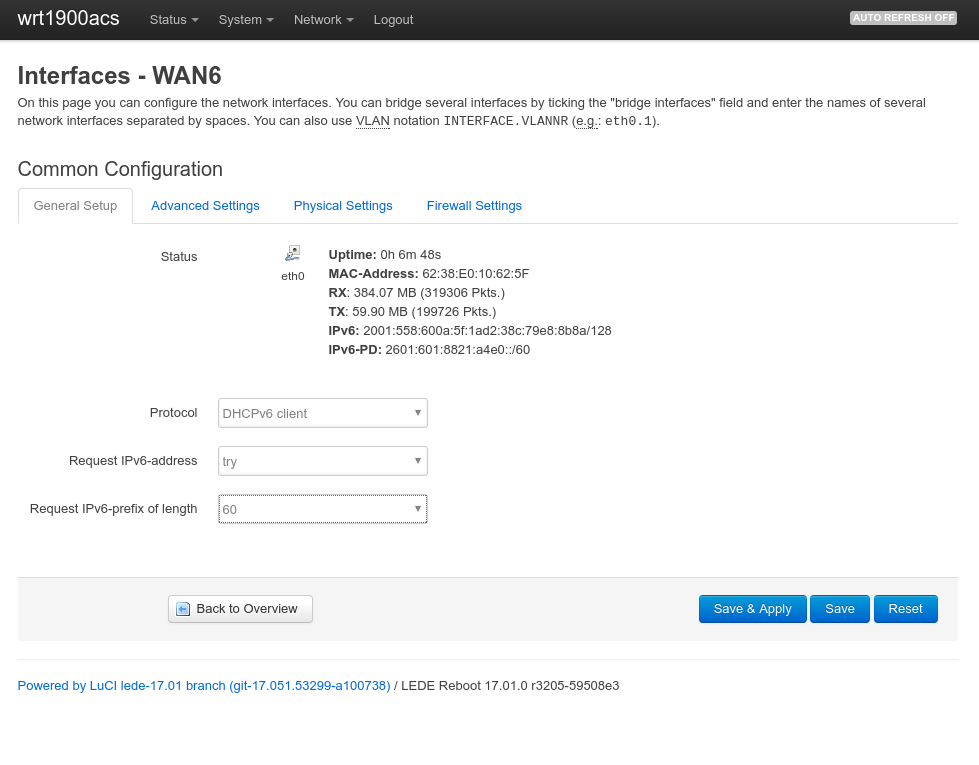This weekend I finally came around to create OpenEmbedded recipes for WireGuard. The recipe currently awaits review and hopefully will get part of the meta-networking layer, part of the meta-openembedded repository of the upstream OpenEmbedded project. There are two recipes, one for the kernel module and one for the user space tools. The user space tools have the kernel module as a dependency, hence it is sufficient to install the wireguard-tools package, e.g. by using IMAGE_INSTALL_append in your local.conf:
IMAGE_INSTALL_append = " wireguard-tools"
The kernel module needs at least a kernel version 3.18 or later and has some requirements regarding kernel configuration. The WireGuard website maintains a list of kernel requirements. If you are using the Yocto kernel, the netfilter kernel feature (features/netfilter/netfilter.scc) is enabled by default and seems to be sufficient to run WireGuard. To get started with WireGuard, refer to the excellent Quick Start guide on wireguard.io.


